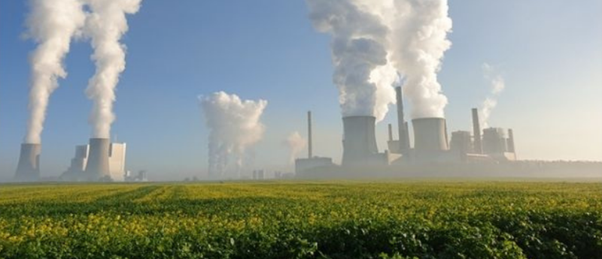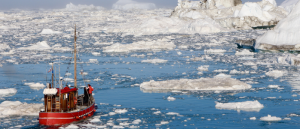“Business-as-usual” emissions are projected to triple the impacts on Earth’s ‘life zones’

Climate change impacts to Earth’s ‘life zones’ are projected to triple if emission rates are not massively reduced, and this will have a significant impact on life and biodiversity.
Research from the Wildlife Conservation Society (WCS) and partners reveal the effects of climate change on Earth’s 45 different ‘life zones.’ Life zones are biogeographic regions which host broad-scale ecosystem types. These regions are characterized by distinct precipitation, biotemperature and aridity. The detrimental impacts on life zones are projected to triple if “business-as-usual” emissions continue.
The study presents changes to Earth’s life zones from the early 1900s to present day. Climate change impacts have occurred across all biomes, such as in temperate coniferous forests, tropical coniferous forests and boreal forests. This impact includes 27 million square kilometers (10.4 million square miles) or 18.3% of the world’s land. The expansions of equatorial climate zones and the contractions of temperate climate zones have occurred as a result of the boundaries between life zones being shifted poleward and towards higher elevations.
 Got wellies? Sea levels rise as a result of accelerated Greenland ice sheet melting
Got wellies? Sea levels rise as a result of accelerated Greenland ice sheet melting
Satellite data suggests global warming has accelerated the melting of the Greenland ice sheet over the past 40 years, increasing the threat of rising sea levels and global flood risks.
Impacts are projected to increase rapidly, particularly if there continues to be limited action on reducing emissions. If the world does not act on this, there may be a further impact of 62 million square kilometers (24 million square miles) or 42.6% of land.
The largest decreases of life zones are forecasted to be within the moist tundra, wet tundra and subpolar rain tundra, whereas the largest increases are expected in the tropical rain forest, tropical wet forest and cool temperate moist forest. Although polar and boreal regions are projected to lose extensive amounts of area, their large extent will help to compensate for some of the loss.
Paul Elsen (WCS Climate Adaptation Scientist) warned: “The likely future changes in the world’s life zones is likely to have a substantial impact on people livelihoods and biodiversity. Large areas of the world are getting hotter and drier, and this is already impacting the earth’s life zones.”
Hedley Grantham (WCS Director of Conservation Planning and co-author of the study) concluded: “COP26 is our best chance of countries committing to reducing emissions and putting us on a better future pathway for climate change and its impacts.”